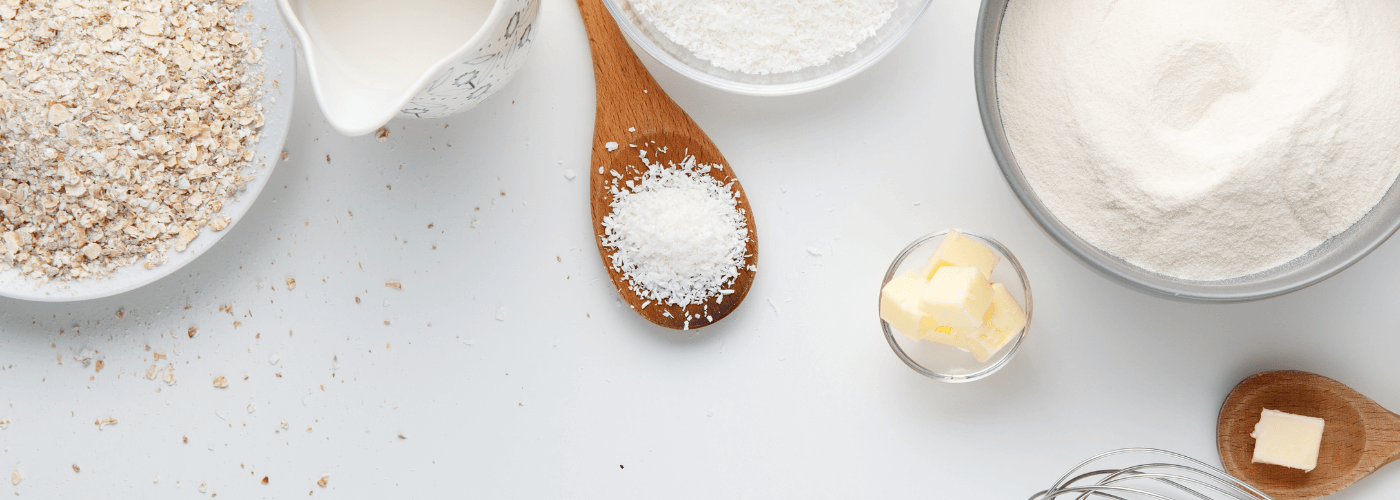
Egg-free baking – the bane of many modern bakers! As we know, most bakery products make use of eggs in their recipes for one reason or the other. Eggs can be used as a binder, as a leavener, to set cheesecakes or simply to improve the flavour and texture of cake or pastry.
But many choose not to partake of eggs for their own personal reasons. But does that mean they cannot enjoy delectable patisserie items they crave? Absolutely not! Professional bakers such as yourselves have taken it upon themselves to ensure that everyone can enjoy their amazing creations, with or without eggs. So let’s add on to this challenging aspect of baking and find out some great tips and tricks that can drastically improve your eggless baking prowess.
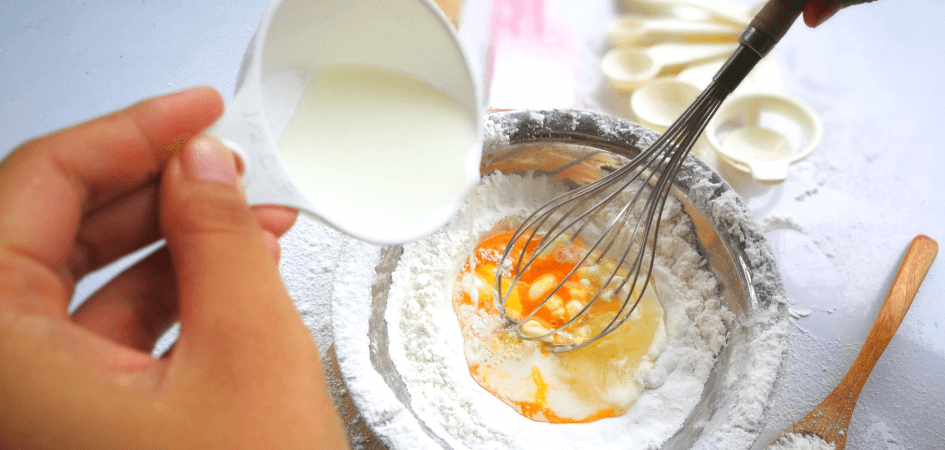
Use an Equal Amount of Egg Substitute
One of the most important things an egg does is provide moisture to the batter since it is 90% water. When you take it out you’re reducing the water content in your recipe. The volume of a beaten egg is roughly 60 ml. So ensure that this liquid is restored when you substitute the egg.
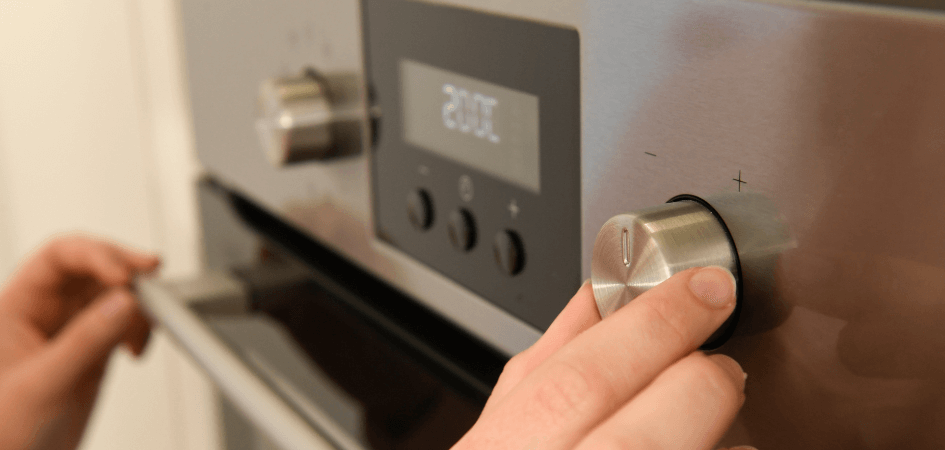
Preheat Your Oven Adequately
Eggs also act as leaveners in the batter. In their absence, your cake may need an extra boost to rise perfectly and stay that way. Many eggless cakes tend to not be spongy enough or collapse a little after cooling. To overcome this, ensure your oven is at optimum temperatures so your cake can rise all the way.
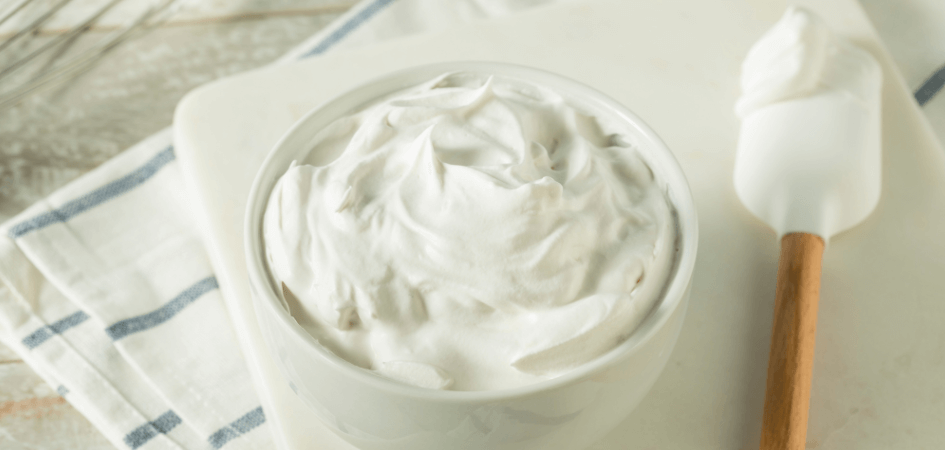
Cream Your Butter and Sugar Very Well
You need to create as much aeration as possible in your batter in the absence of eggs to help with the rise. But do not do this to the batter after adding all ingredients as this can make your cake dense and tough. Cream your softened butter and sugar on high for at least 5 minutes until the mixture turns pale and fluffy.
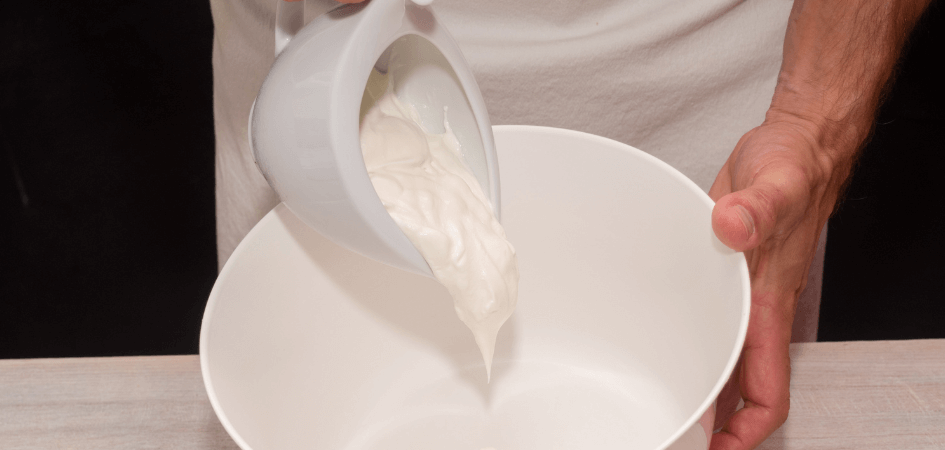
Restore The Moisture and Fat
A great substitute for eggs in a cake batter is some kind of dairy. Sour cream, yoghurt or buttermilk can give your batter the added moisture, acidity and fat content in such a way that you won’t even be missing the eggs in your recipe.
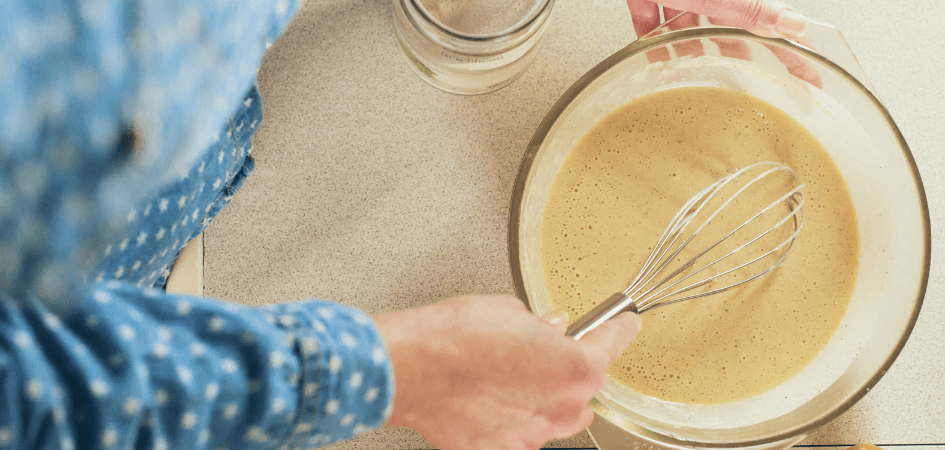
Take Extra Care When Mixing
All that aeration you created when beating the butter and sugar needs to be preserved. So when you finally combine your wet and dry ingredients, gently fold them in two or three increments rather than dumping everything in at once. Mix just until you don’t see any specks of flour and then stop immediately.
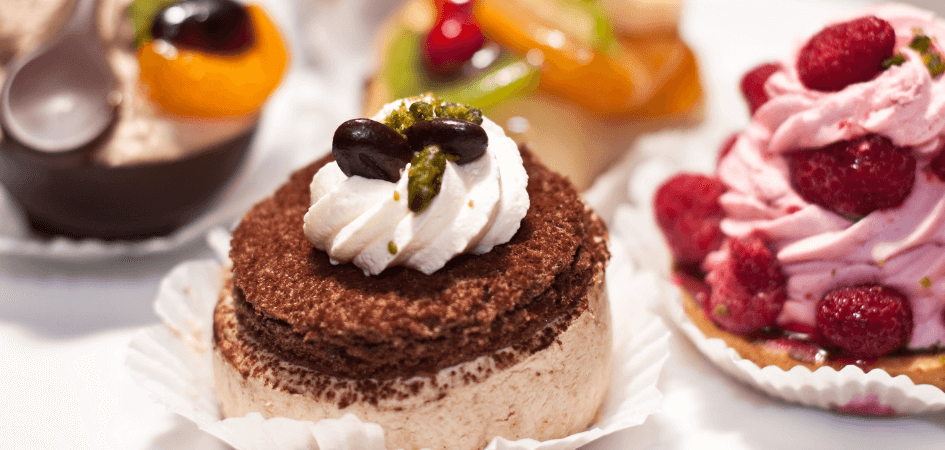
Use The Right Egg Substitute
To substitute eggs in a recipe you must first understand its role in that particular recipe. You cannot use one egg substitute in all your eggless bakes since they all have different functions. For example, in a sponge cake you may use yoghurt or buttermilk in place of eggs and your cake will still come out great because there are other ingredients like butter, sugar, and flour to help set the cake and give it rise.
When baking a cheesecake though, it won't be enough to just replace the egg with buttermilk since the cheesecake mainly sets due to coagulation of the eggs. In that case you may need to use condensed milk or cornstarch to help it set. For macarons, again, you would need a totally different ingredient like chickpea water or aqua faba to make the meringue that is usually made with egg whites.
We hope this little guide helps you level up your egg-free baking game so that you can churn out terrific eggless treats.
